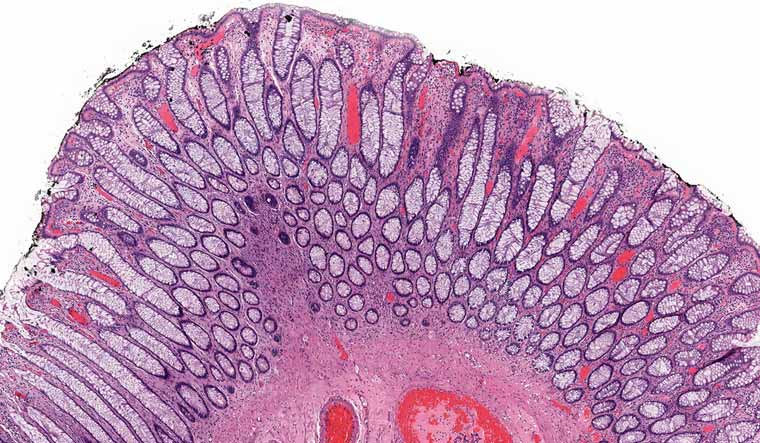Researchers in Germany have developed a new method for understanding the chemical composition of cells and tissues.
The innovation can help better understand disease and inflammation processes, a study published by researchers from the University of Munster in the journal Nature Methods.
The new technology, named t-MALDI-2, has two specially adapted lasers —the first generates a small focus on the sample, and the second produces an enhancement signal for many molecules by around one-thousandth of a millimetre.
It is an improvement upon the existing MALDI (Matrix Associated Laser Desorption Ionisation) Mass Spectroscopy method which characterises the nature and composition of molecules based on their mass.
Using the new instrument, the researchers visualised the distribution of numerous molecules like phospholipids and glycolipids in the mouse brain and kidney slices, the study noted.
The team mentioned that the very fine structures in the mouse brain—of a pixel size of 600 nano metres—was characterised with the instrument.
"The decisive improvement which our method offers, in comparison with established MALDI imaging methods, is based on the combination and extension of two technical methods previously in use," explained Marcel Niehaus, one of the lead authors of the study.
"For one thing, in the transmission geometry, we irradiate our samples on the reverse side. This enables us to place high-quality microscope lenses very close to the sample, thus reducing the size of the laser dot. This is different from what is possible, for geometrical reasons, in standard methods," Niehaus added.
Until now, classical optical microscopy had much better resolution than that provided by mass spectrometry imaging, the researchers noted. But with the new t-MALDI-2 technology, they say, it is possible to noticeably reduce this gap.
(With input from PTI)


